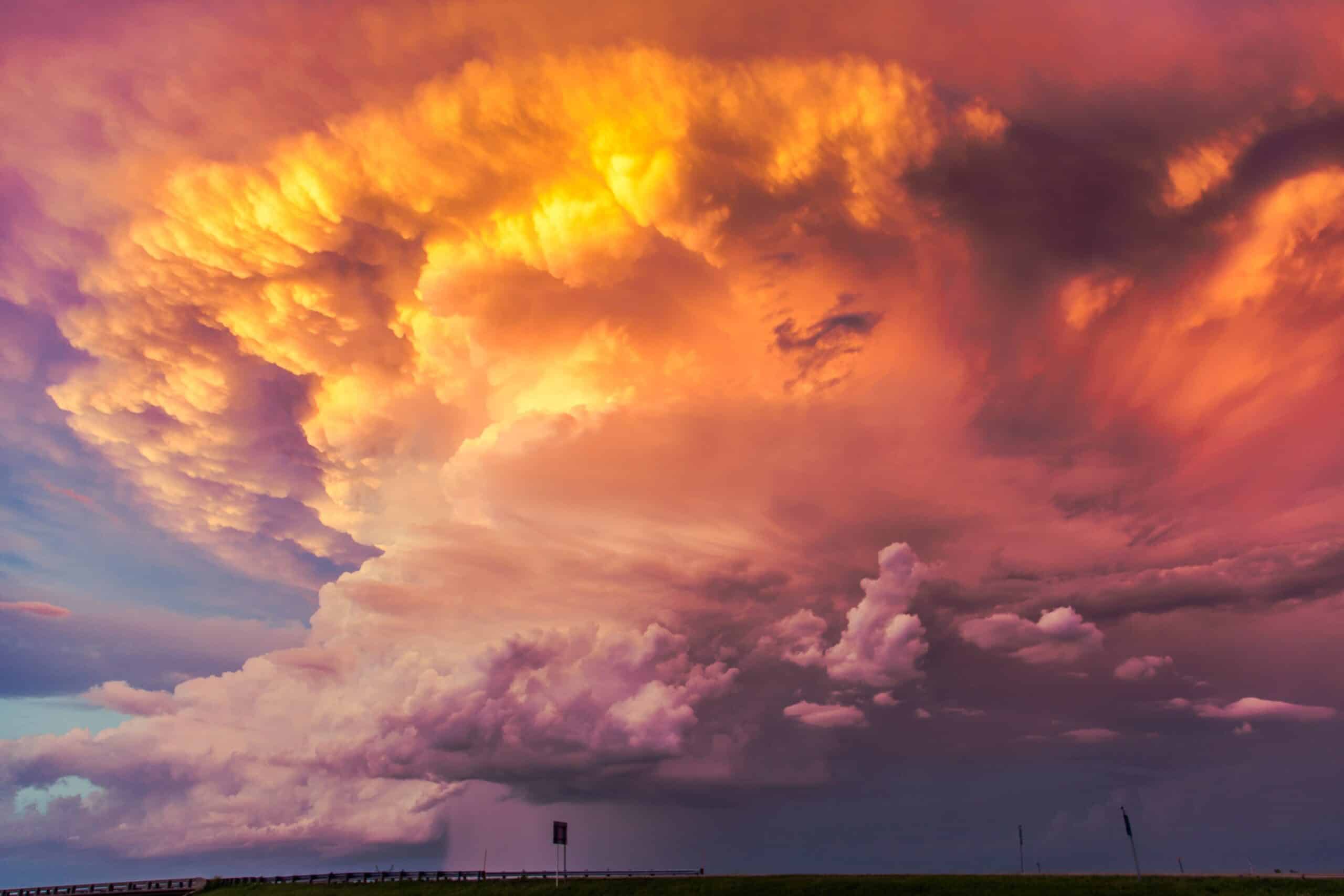
Severe weather can strike any time here in Texas, and when it does, you may find yourself holding your breath …
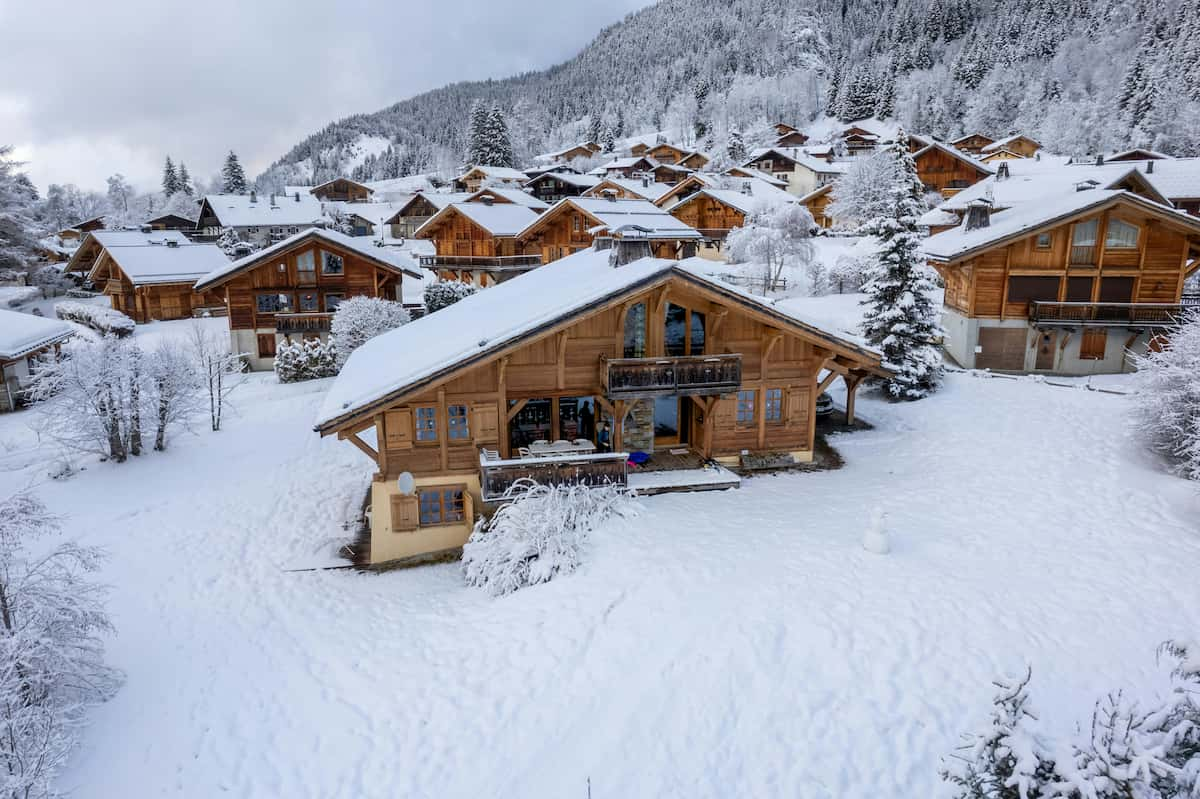
Nature’s fury can easily find your roof’s weak spots. Heavy rains and snow are especially notorious for this, causing costly leaks and other damage when left unaddressed. To avoid such consequences, implementing preventive measures is crucial.
Roof maintenance requires a proactive approach to preventing roof leaks before heavy rains and snow: ground-level assessments to detect vulnerabilities, enhanced by professional inspection and repairs. This blog guides you through these essential steps.
Precipitation can trigger a leaky roof by exacerbating existing damage. Knowing the cause is key to preventing costly damage and ensuring your home’s safety.
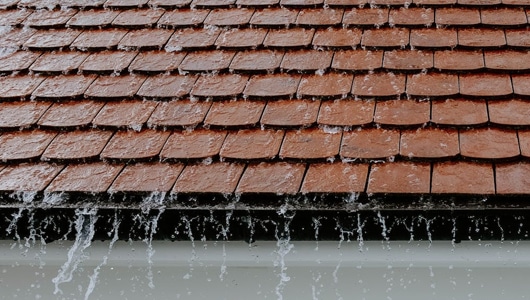
Opting for professional roof inspections and regular roof maintenance can uncover problems early, preventing them from developing into major leaks.
A little effort goes a long way when it comes to your roof. These key steps will guide you in proactively preventing roof leaks before heavy rains and snow arrive.
To spot potential issues early, perform regular roof inspections of your roof safely from the ground. Look for these signs:
Avoid climbing onto the roof yourself, as this can be dangerous. Instead, rely on a trusted roofing professional to handle necessary inspections or repairs. This ensures both your safety and the proper assessment of your roof’s condition.
Clogged gutters prevent water from flowing freely, leading to overflow and pooling. This can cause roof leaks, foundation damage, and mold growth. Regular cleaning is essential to avoid such costly issues.
Here are some regular gutter cleaning tips to do before stormy seasons. Hire a professional for gutter cleaning when necessary.
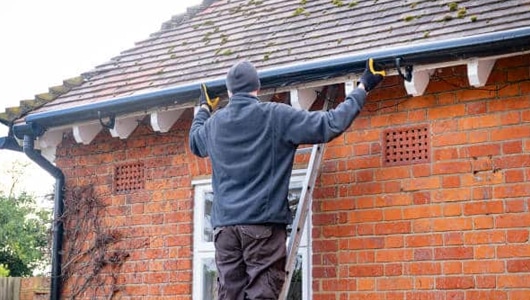
Flashing keeps rainwater out for good, creating a waterproof barrier where chimneys, skylights, and vents meet the roof. Properly installed and maintained flashing ensures long-lasting protection against moisture.
Professional roofers are best equipped for safe and effective flashing work. They have the necessary tools and knowledge to repair or replace it correctly. Contact a pro for signs of damage or leaks.
Enhance waterproofing to make your roof even more resistant to water damage.
How to waterproof a roof? Waterproofing involves adding an extra layer of protection beneath shingles, such as sealants, coatings, or membranes, to prevent seepage and leaks.
Proper application of roof sealants or waterproof coatings often requires specialized tools and expertise. Relying on residential or commercial roofing experts guarantees durable and effective solutions while preventing potential DIY mishaps.
While homeowners can take some preventative measures, professional guidance remains crucial for effective roof leak prevention. Don’t gamble with your roof; these signs of roof leaks require professional intervention.
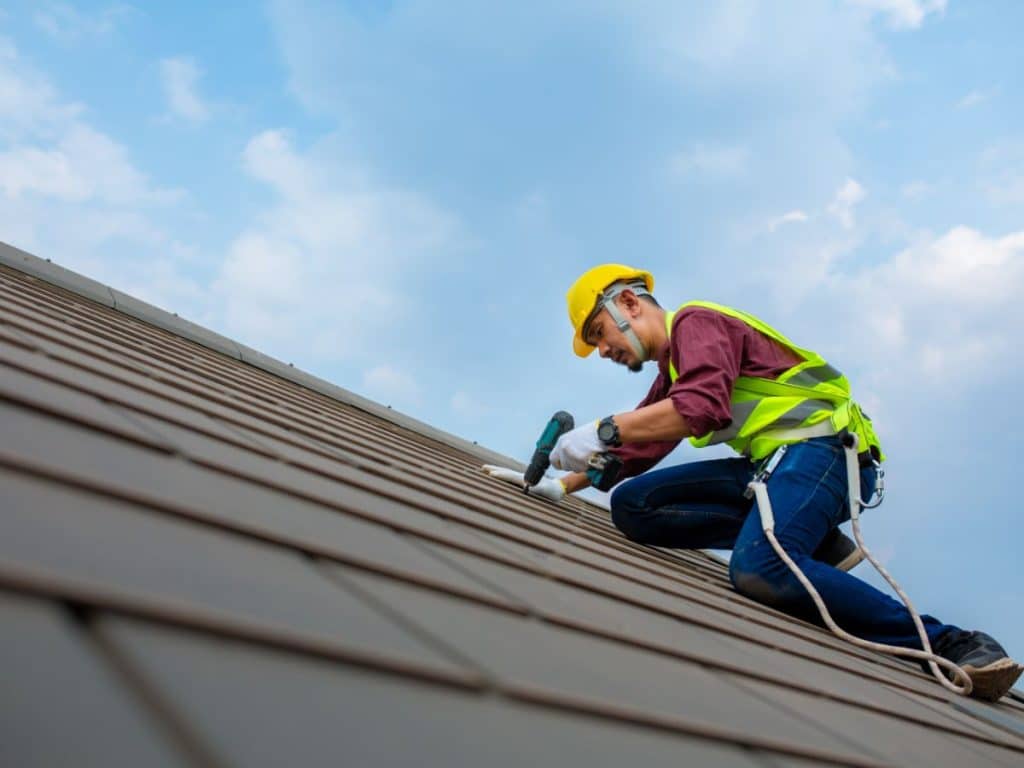
Hiring a professional for roof waterproofing and repairs has significant advantages. They guarantee proper application, uncover hidden issues, and protect you from hazards and long-term, costly damage. Additionally, they can ensure a smooth insurance claims process.
A proactive approach to roof maintenance is paramount to combat roof leaks caused by heavy rains and snowfall. Addressing potential weaknesses before these weather extremes arrive can save significant headaches in the long run.
Safeguard your home against seasonal challenges with Storm Guard. Whether preventing roof leaks before heavy rains and snow or installing a strong, durable roof system, our expert roofers with 20+ years of experience handle it with precision and dedication.
Contact us today for a free inspection.

Severe weather can strike any time here in Texas, and when it does, you may find yourself holding your breath …
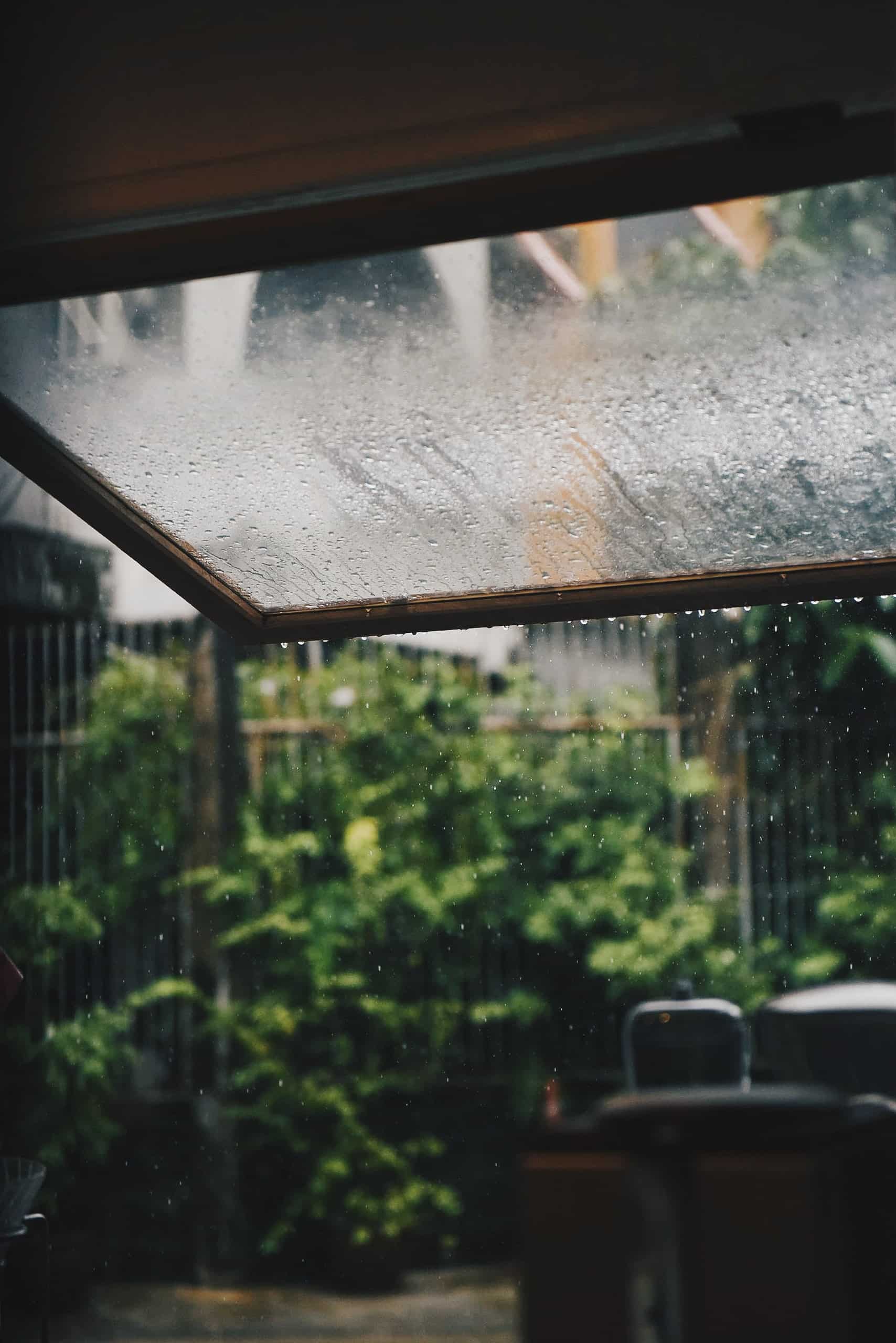
Water has a way of exposing our roof’s vulnerabilities in a way that other forces of nature do not. While …
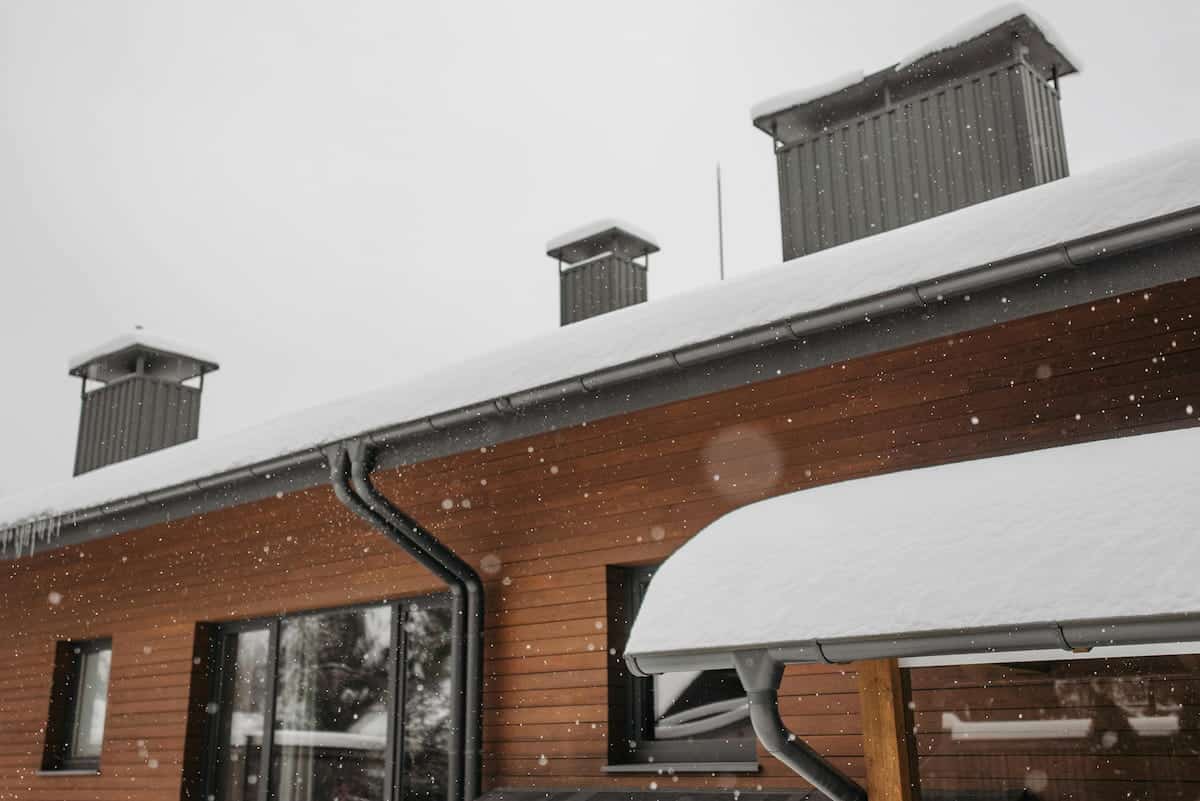
Your roof faced extra strain from the sudden temperature drops of the past winter, leading to potential damage. This may …
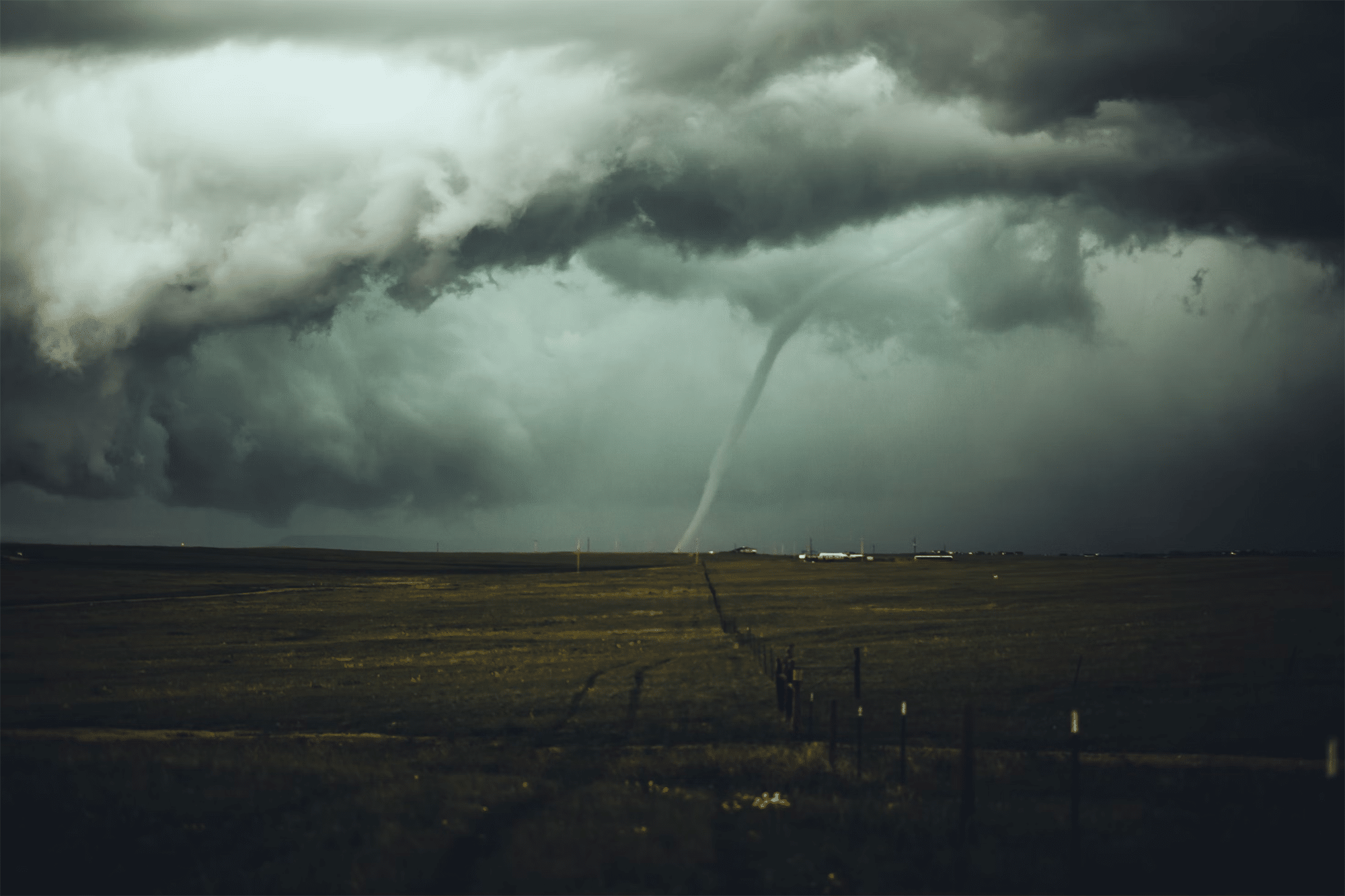
Watch for Warnings Tornadoes can form when there are two different speeds of wind at different altitudes. This creates a …
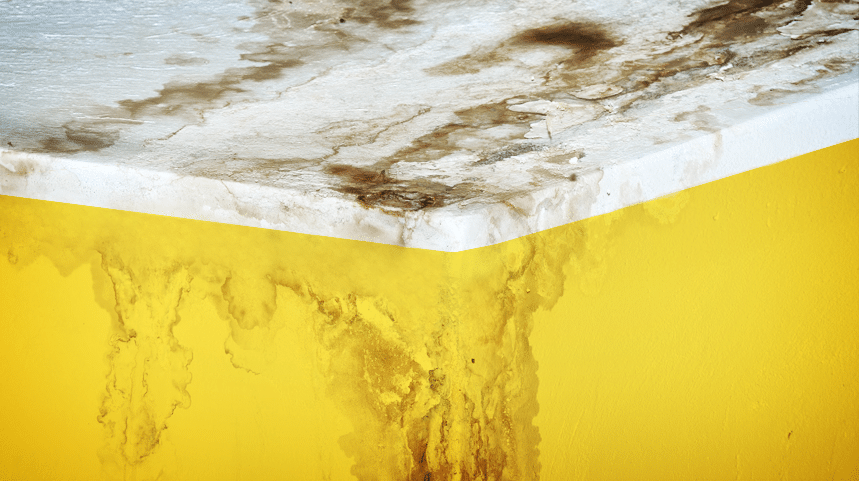
Wet spots form after a much longer process, starting with harsh weather conditions and shingle damage. A leaky roof can …
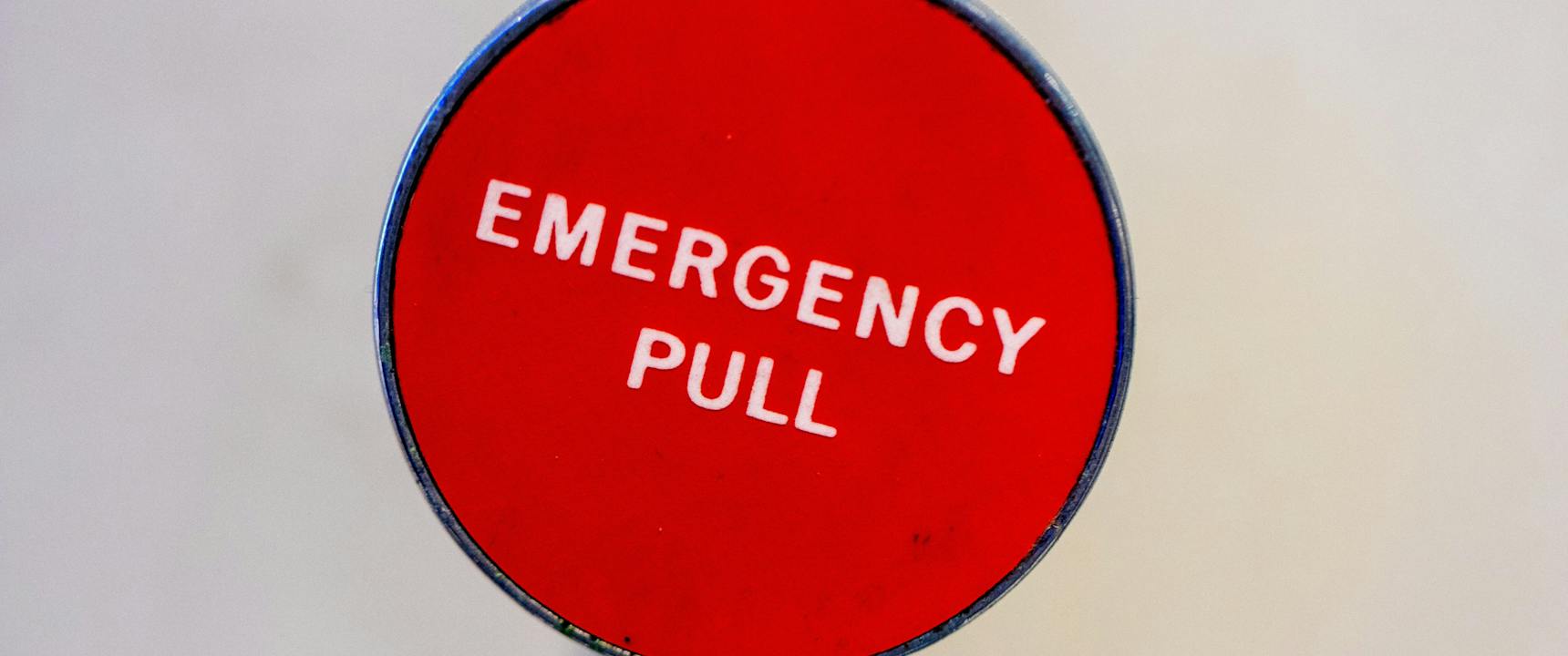
While we hate to sound the alarm bells, a leaking roof in your Austin home could be cause for immediate …